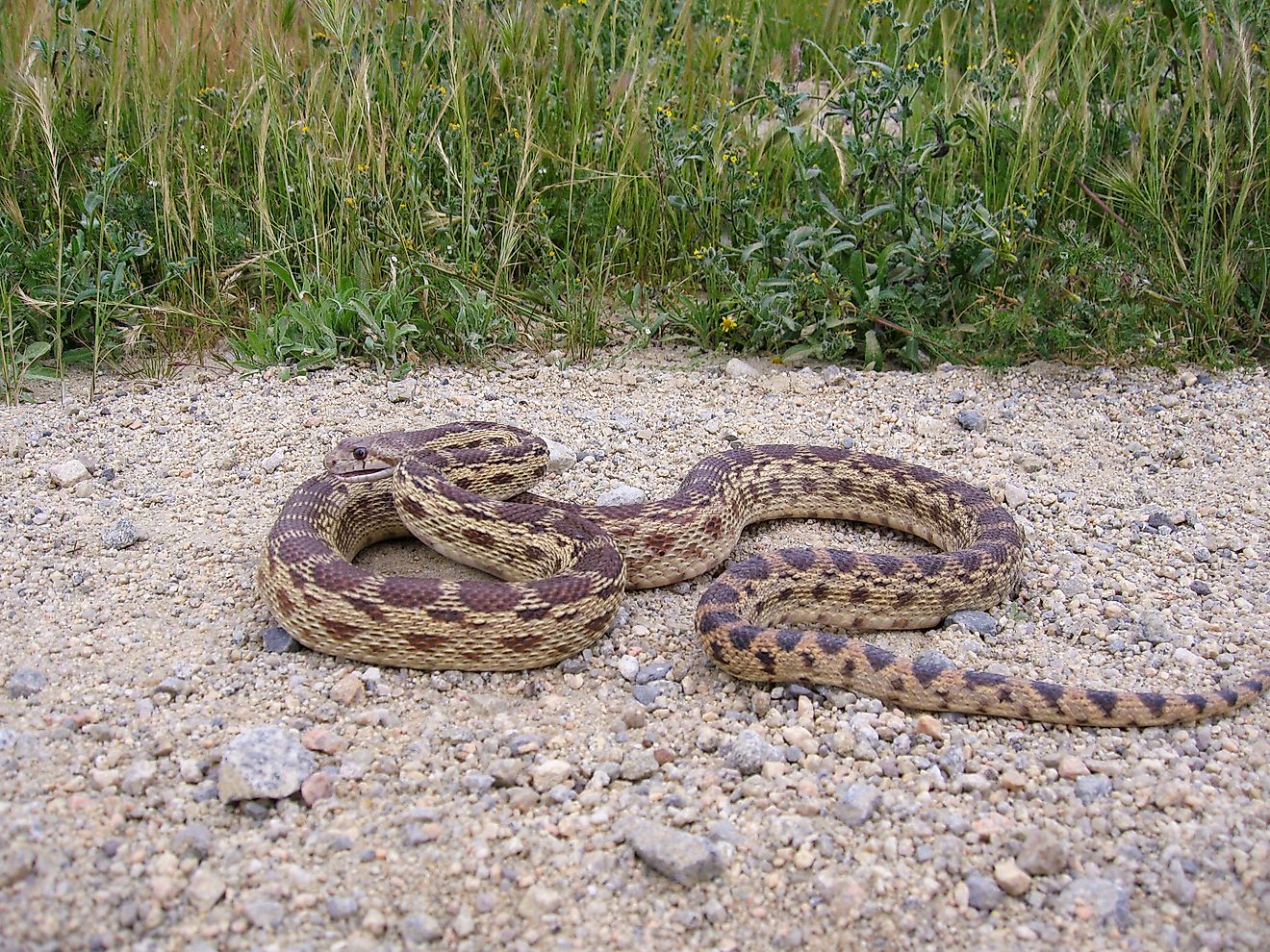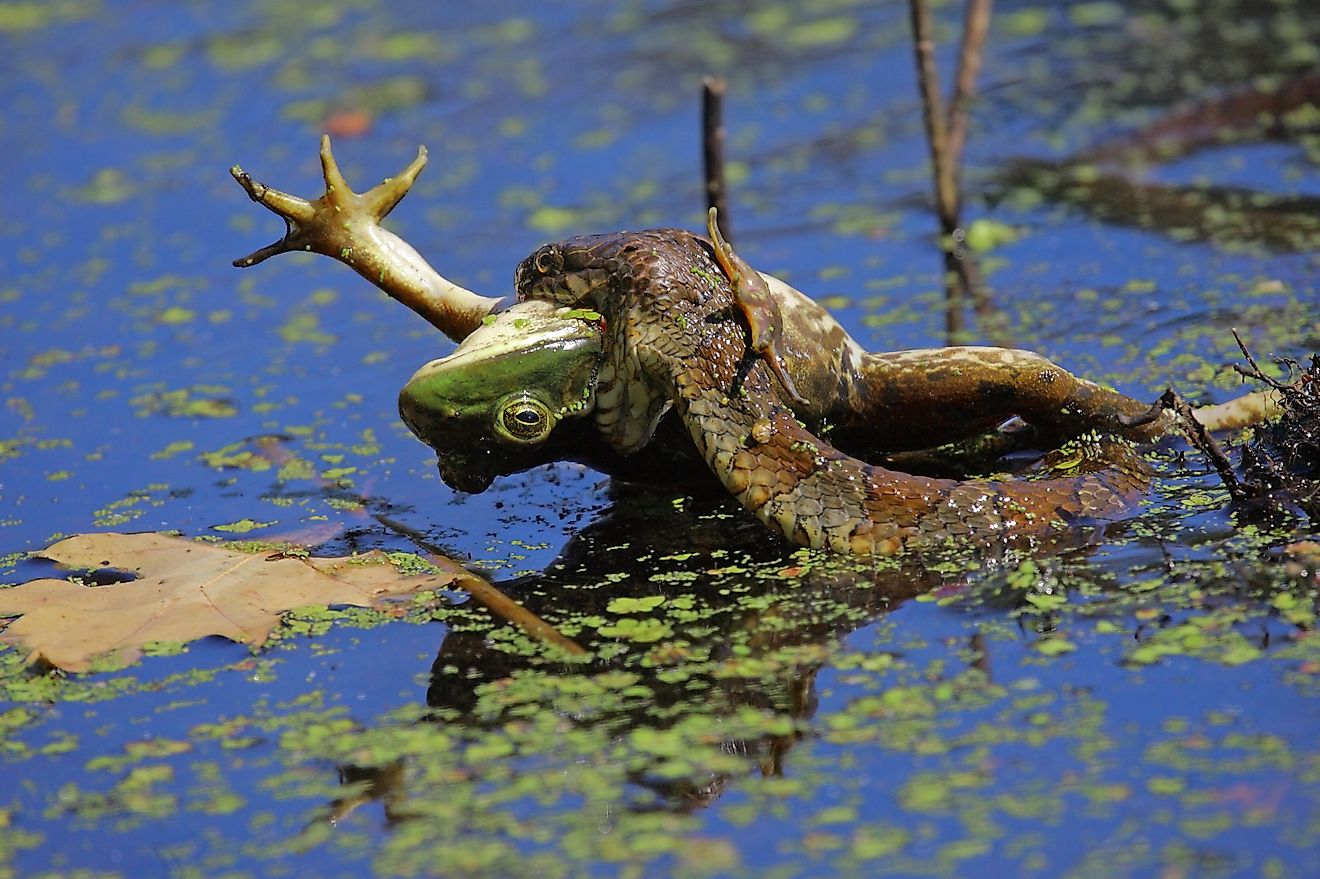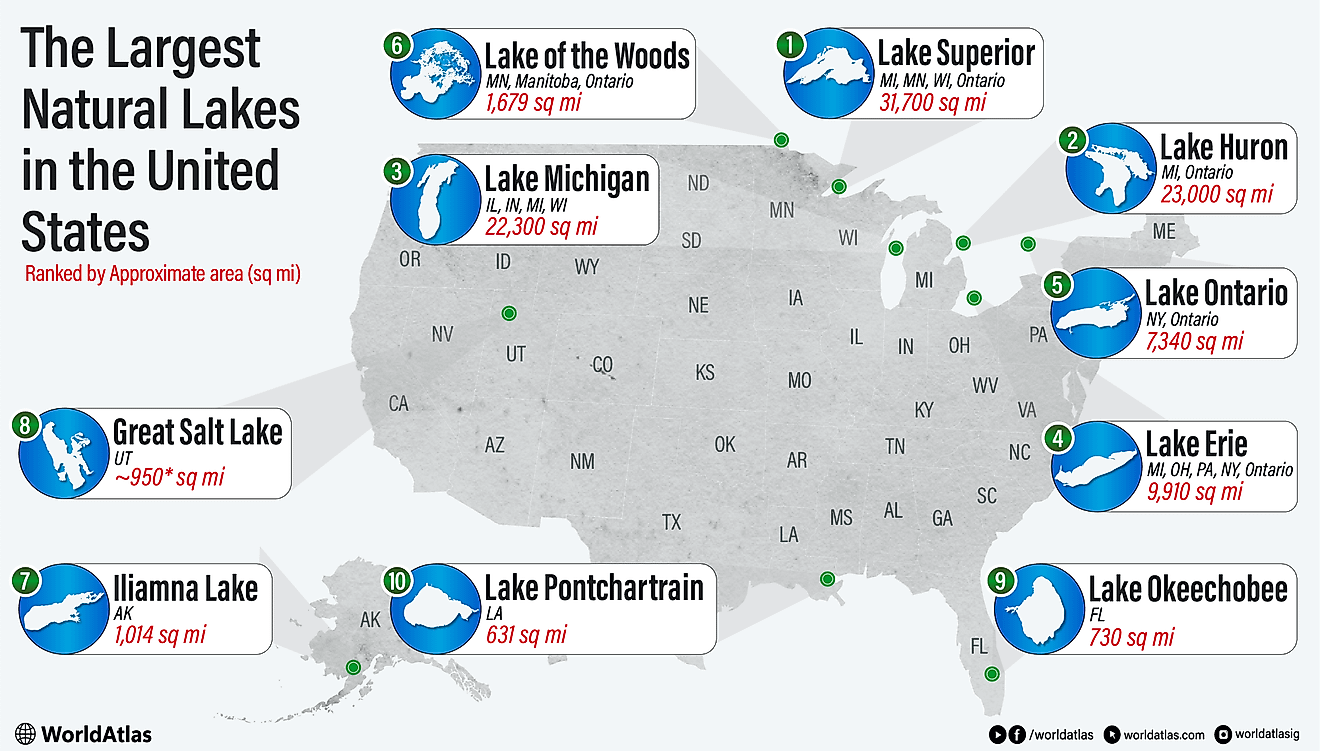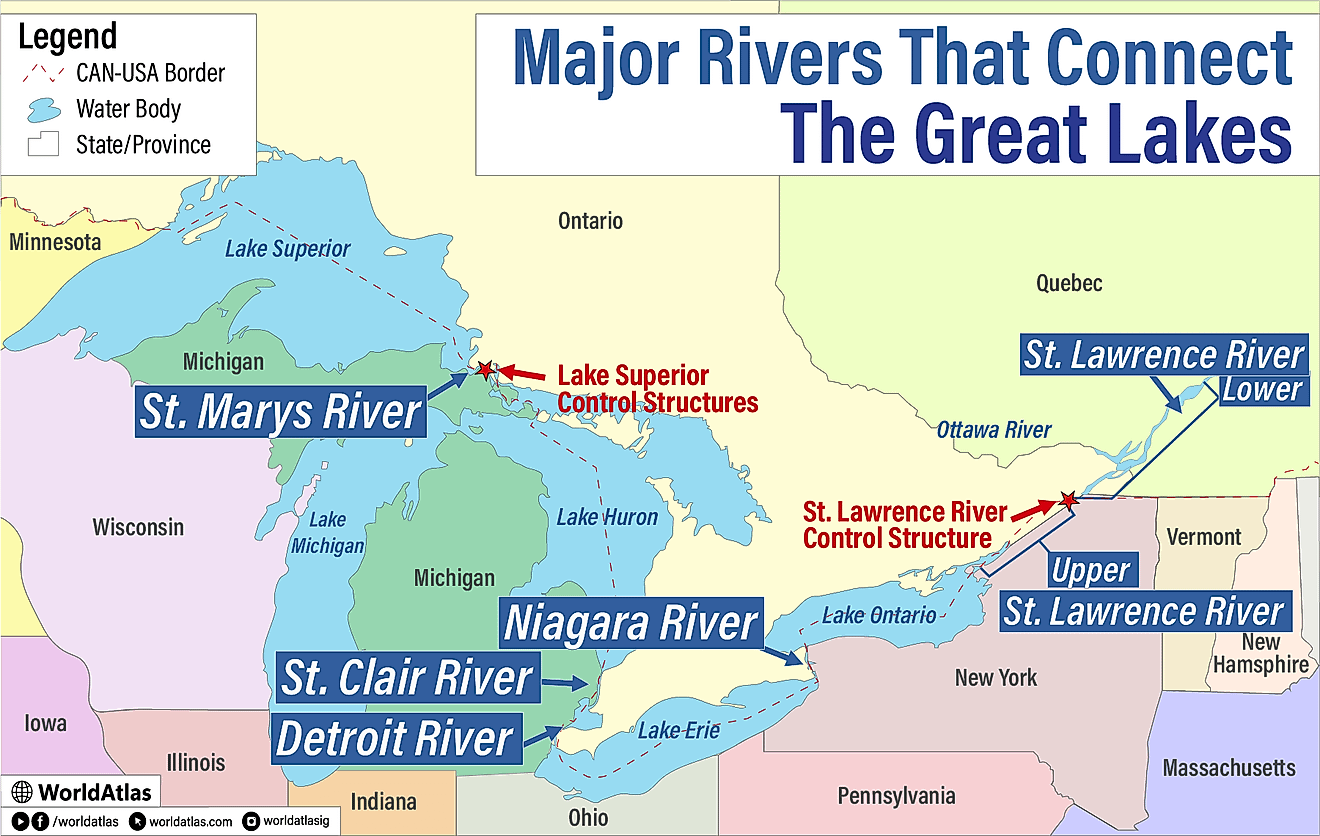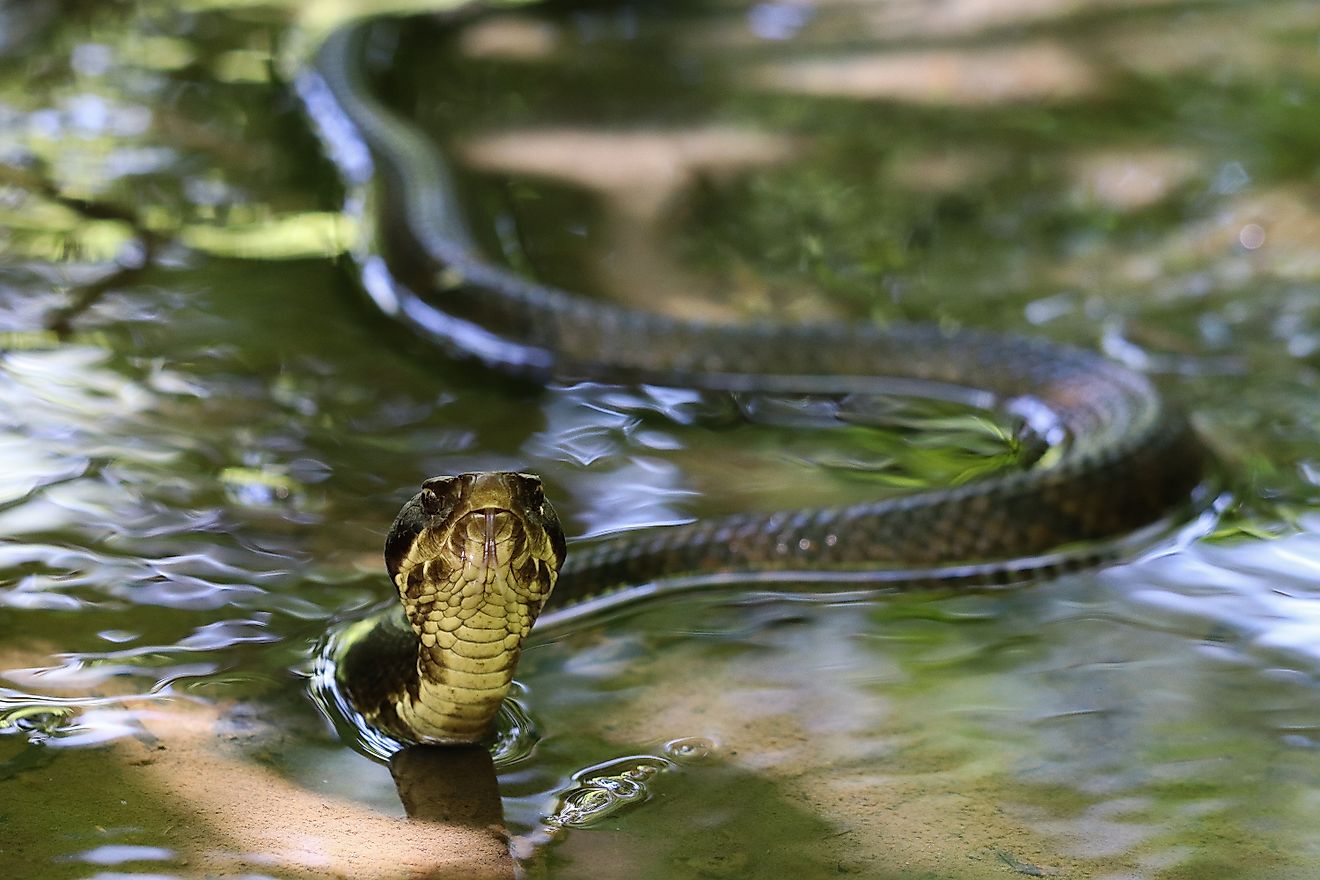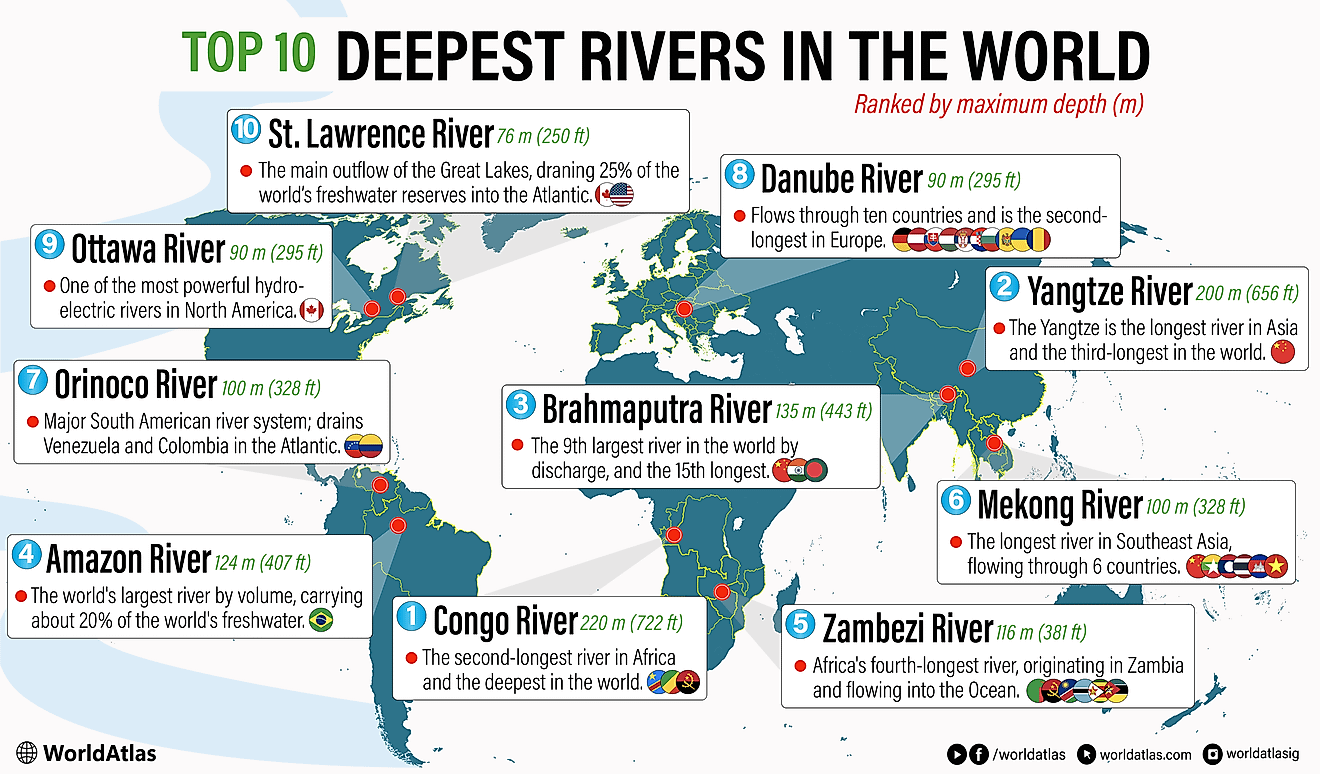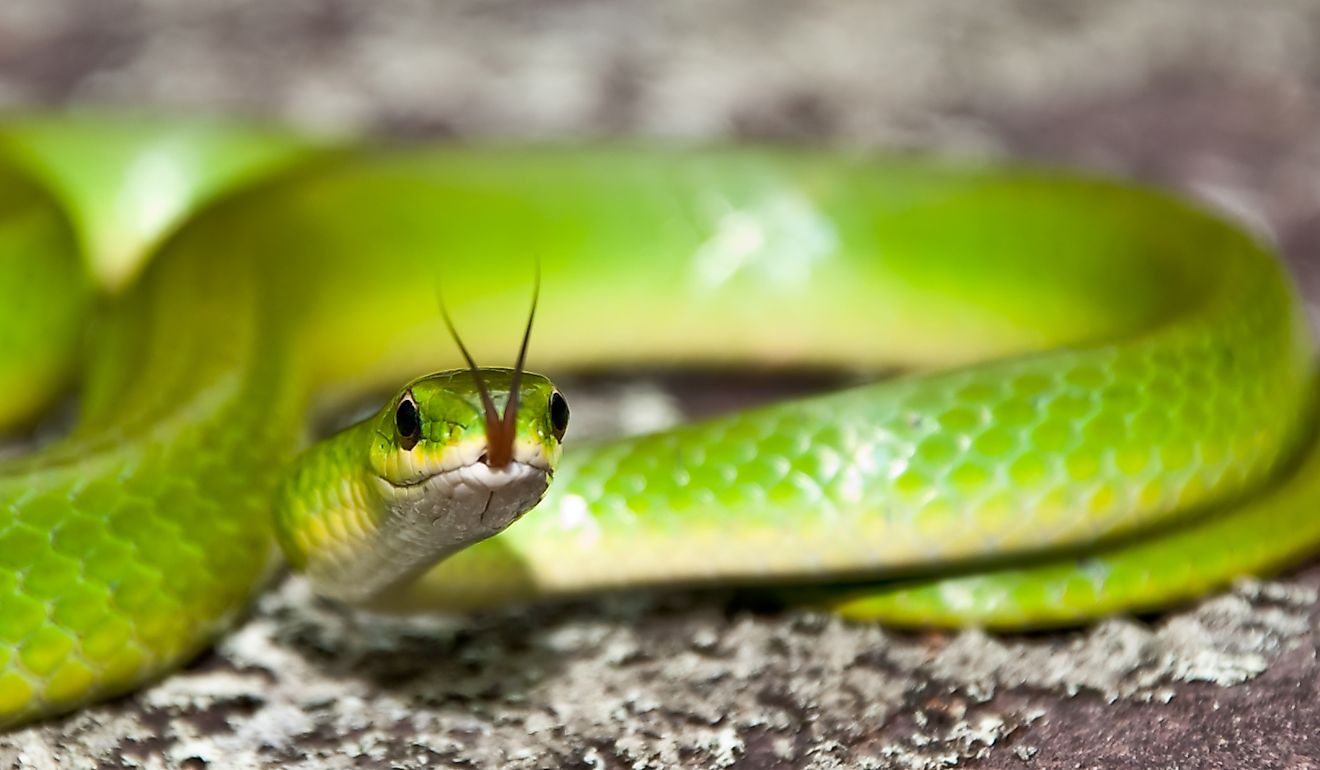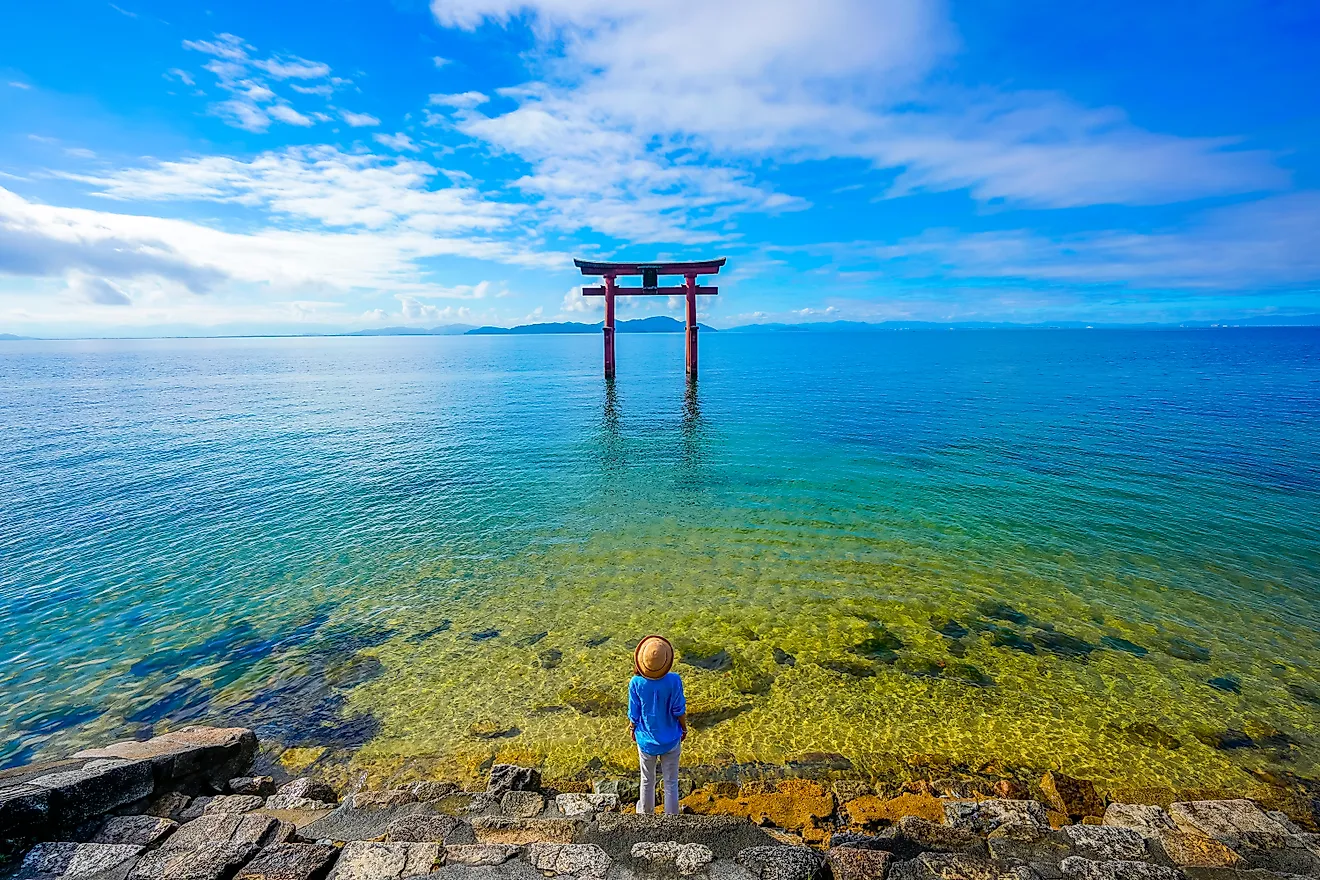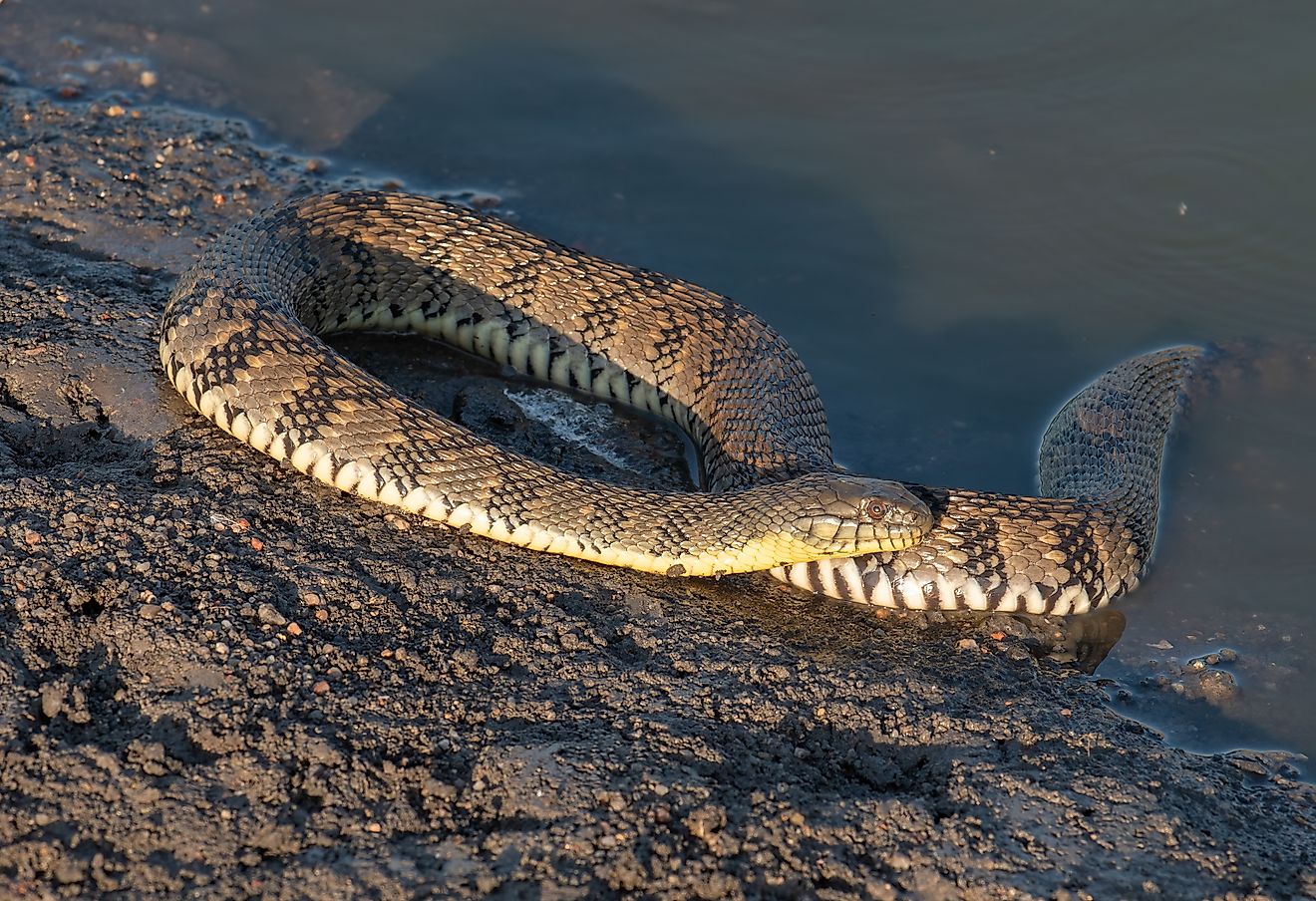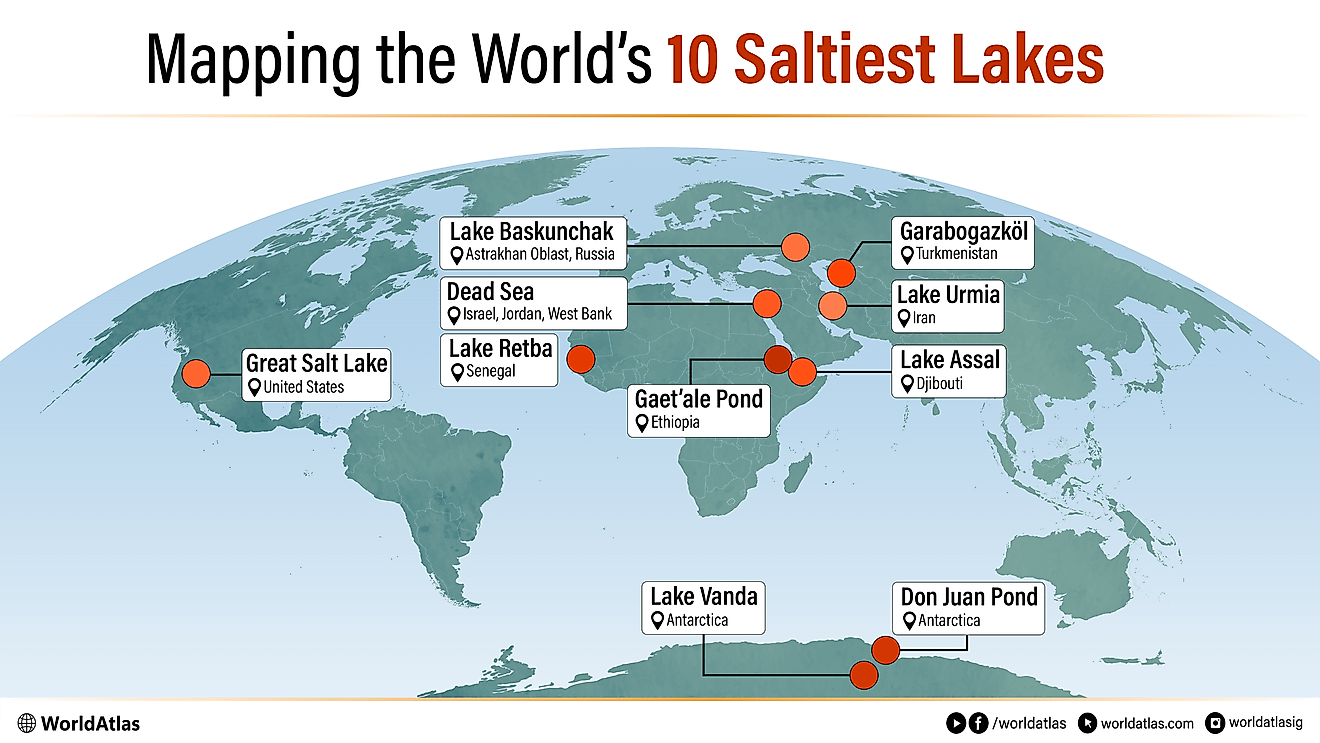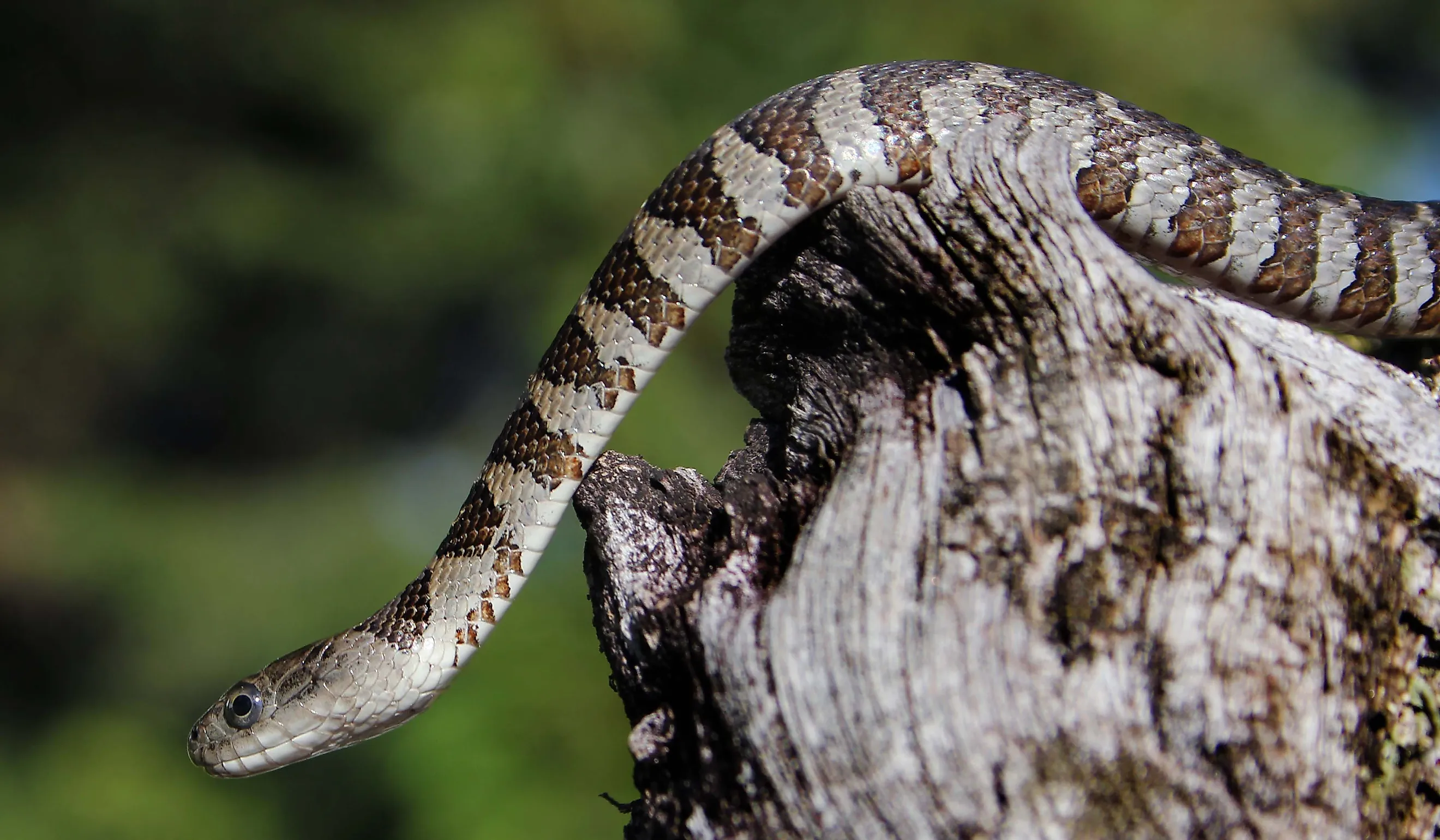
5 Most Snake-Filled Bodies Of Water In South Dakota
Known for the rolling Black Hills, vast prairies, Badlands, and the Missouri River flowing through the state, it is no shock that South Dakota is also home to a variety of snakes, most of which are non-venomous. These snakes are commonly found near lakes, rivers, and grasslands throughout the state. The northern watersnake, though rare, lives near lakes and streams and may bite if threatened, but it is not venomous. Garter snakes, bullsnakes, and ringneck snakes are widespread and harmless in the state. The only venomous species of snake in South Dakota is the prairie rattlesnake, mainly found in the western part of the state. Though these bodies of water are home to a variety of snakes, with proper knowledge and caution, visitors can still enjoy the beauty and activities they have to offer. South Dakota is the natural environment for many snakes, but they do not seek out human interaction, making these snake-filled bodies of water in South Dakota still safe to visit.
Lewis and Clark Lake
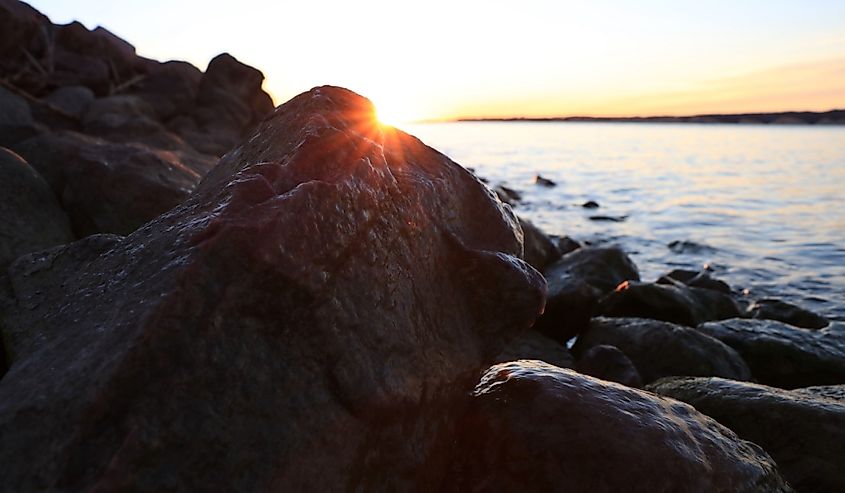
Located along the Missouri River, bordering both South Dakota and Nebraska, and along the Lewis and Clark National Historic Trail, Lewis and Clark Lake is a popular destination for boating, fishing, and camping. There are four main campgrounds that provide modern amenities like cabins, beaches, marinas, and park spaces with trail systems that are open to visitors year-round. The lake’s shoreline and wetlands are home to Northern Water Snakes, often seen swimming or basking on rocks, and Ringneck Snakes, which prefer moist, wooded areas nearby. While non-venomous, these snakes may bite if provoked, but prefer to avoid humans. Visitors should stay alert near the water’s edge, especially in warmer months when snake activity increases, but with proper caution, visitors are still able to enjoy the activities that Lewis and Clark Lake has to offer.

Sylvan Lake
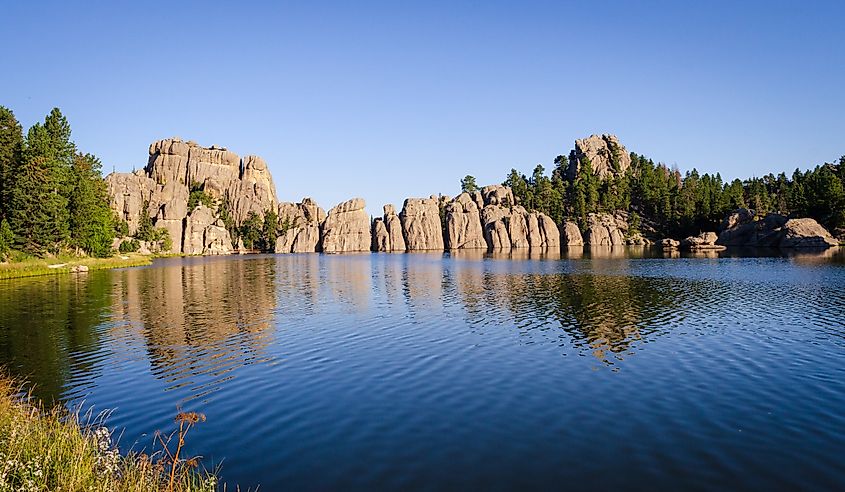
In Custer State Park in the Black Hills, close to Mount Rushmore, Sylvan Lake is a beautiful spot in the middle of nature. Surrounding the lake are campsites and lodges, a perfect getaway with ample opportunities for outdoor activities like hiking, kayaking, and rock climbing. Sylvan Lake is a gateway to the Black Elk Peak trail, which is known for its dramatic granite formations, making it a favorite for photographers. While the lake itself is safe for swimming, the surrounding tall grasses and rocky areas are habitat for Prairie Rattlesnakes. These venomous snakes are typically shy but may be encountered near trails or sunning on rocks. Caution is advised when walking through brushy areas, and it is not recommended to reach under rocks or into areas where you can’t see.
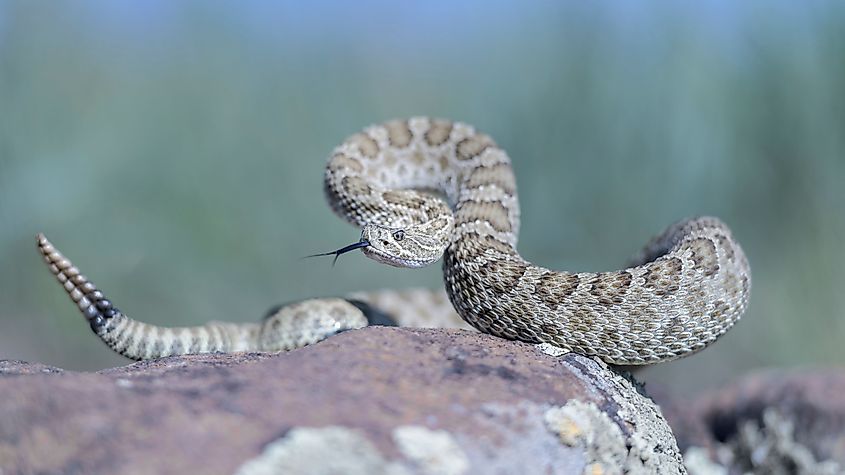
Lake Francis Case
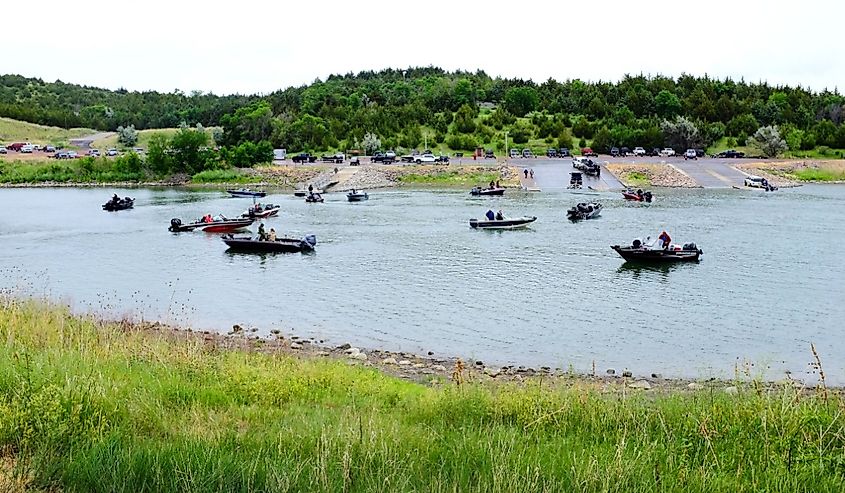
Stretching along the Missouri River, Lake Francis Case is a reservoir known for fishing, boating, and camping. The Snake Creek Recreation Area, located on the lake’s western shore, lives up to its name as Prairie Rattlesnakes are occasionally spotted in grassy areas and along the rocky parts of the shoreline. These snakes prefer dry, open terrain and are most active in summer. While encounters are rare, hikers, fishers, and campers should remain cautious. The lake is also a hotspot for walleye fishing and birdwatching, with scenic views and space for water sports like kayaking, paddleboarding, and other family-friendly outdoor activities. Visitors are still able to enjoy the lake with caution.
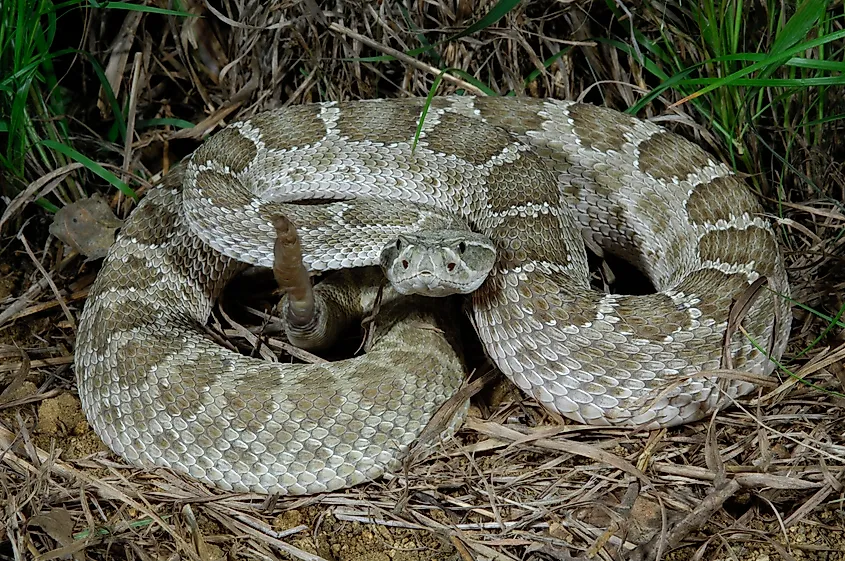
Sheridan Lake
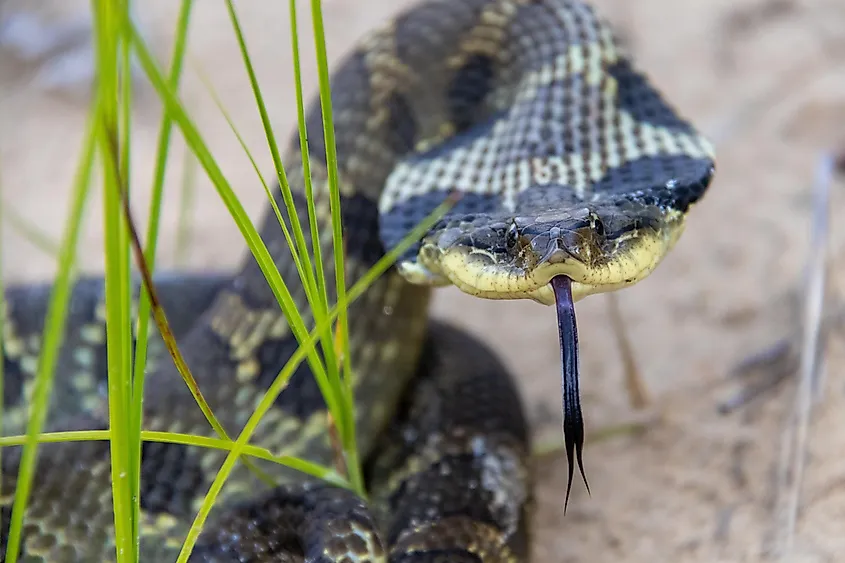
Located west of Rapid City in the Black Hills National Forest, Sheridan Lake is a perfect escape to nature with access to activities like fishing, paddleboarding, and hiking. The lake features a marina, campgrounds, like the Sheridan Lake Campground, and access to the Centennial Trail, making it a great base for exploring the surrounding forest and wildlife. The lake’s wooded shoreline and meadows are home to Eastern Yellow-Bellied Racers and Hognose Snakes. Racers are fast, non-venomous snakes often seen darting through grass, while Hognose Snakes may play dead when threatened. Both species are harmless and help control rodent populations. If a snake is spotted, it is important to give it space and not try to interact with it as though these species are non-venomous; they may bite if they feel threatened.
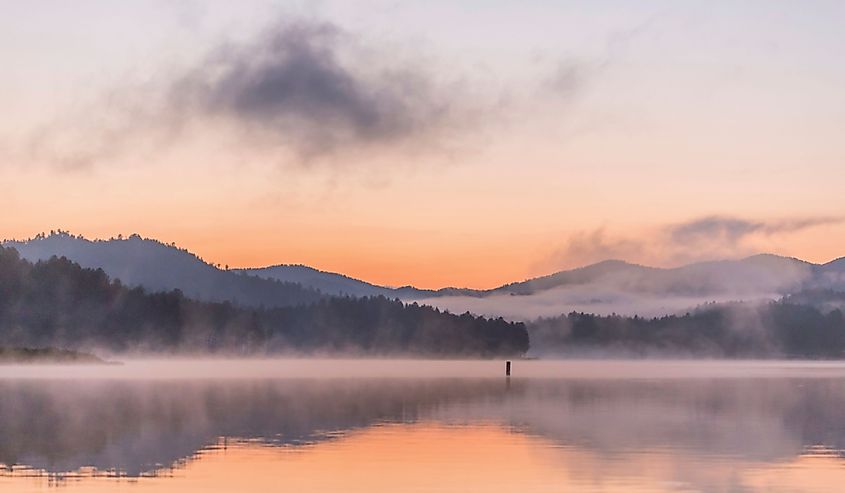
Stockade Lake
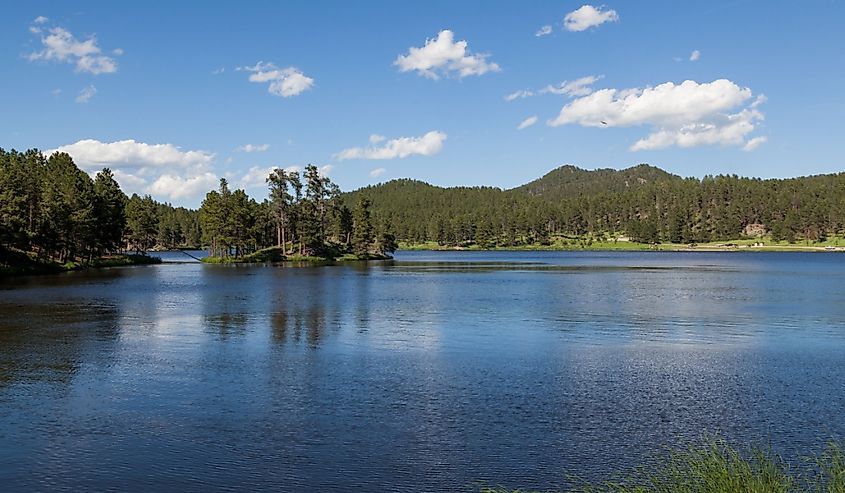
Stockade Lake is the largest lake in Custer State Park and is the only lake in the park that allows all boats, making it a popular destination for water sports. Located near the town of Custer, Stockade Lake provides easy access for many people to visit every year. There are nearby campgrounds, beaches, and playgrounds that offer a mix of recreation and wildlife. Stockade Lake is close to historic sites like the Gordon Stockade and offers easy access to the park’s famous wildlife loop, where bison, deer, and other animals roam freely. Other species that call this lake home include the Plains Hognose Snake. These snakes are sometimes seen in sandy soils and open woodlands near the lake. These snakes are non-venomous and known for their upturned snouts. With proper caution, visitors can enjoy all that Stockade Lake has to offer without fear of snakes.
South Dakota’s lakes and rivers offer unreal natural beauty and recreation activities, even with the presence of native snake species. Most snakes in the region are non-venomous and avoid human interaction, making encounters rare and typically harmless. With awareness and caution, especially around tall grasses and rocky areas, visitors can safely enjoy activities like camping, fishing, and hiking. By respecting wildlife and staying alert, outdoor enthusiasts can explore South Dakota’s diverse landscapes without any negative snake encounters.
